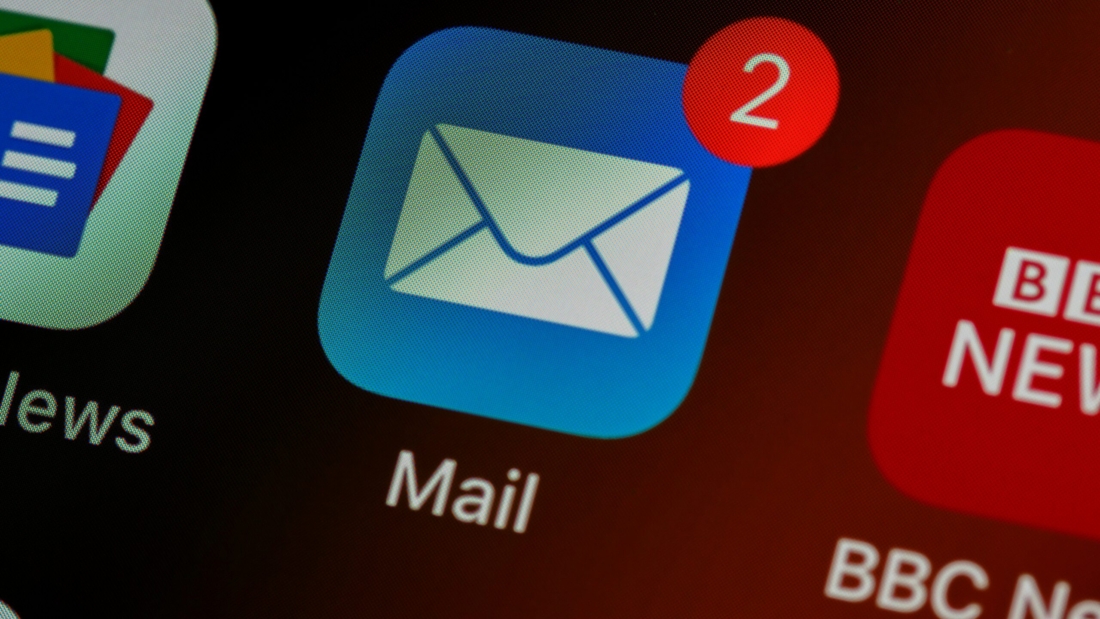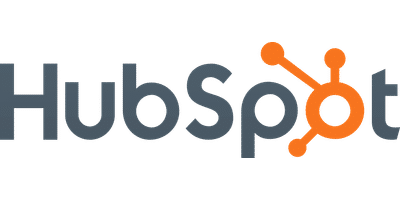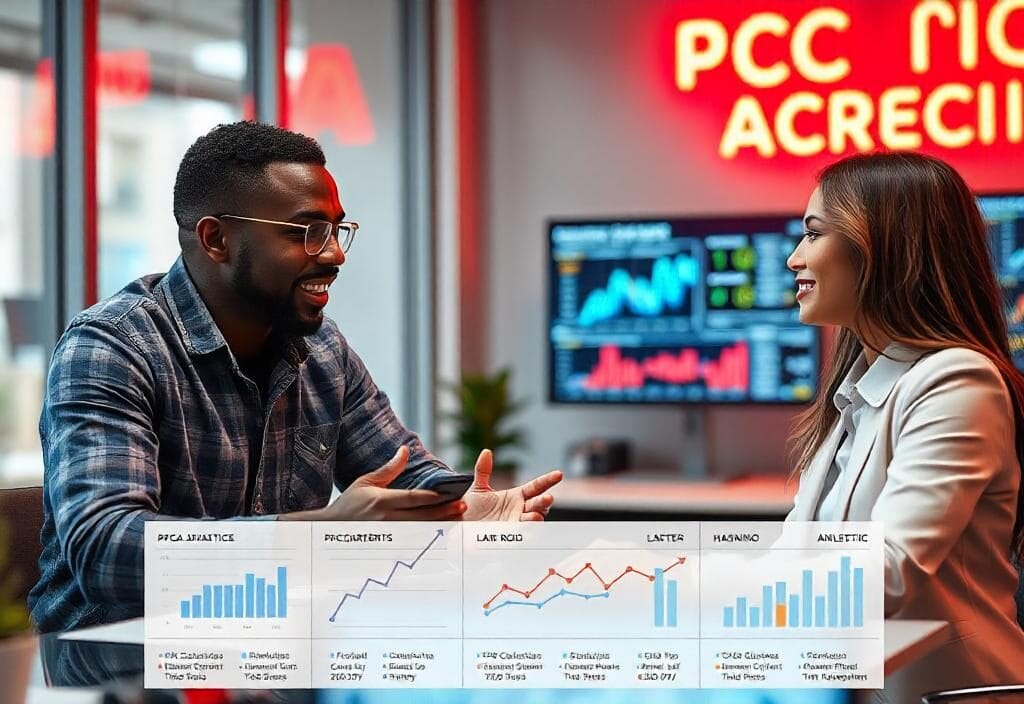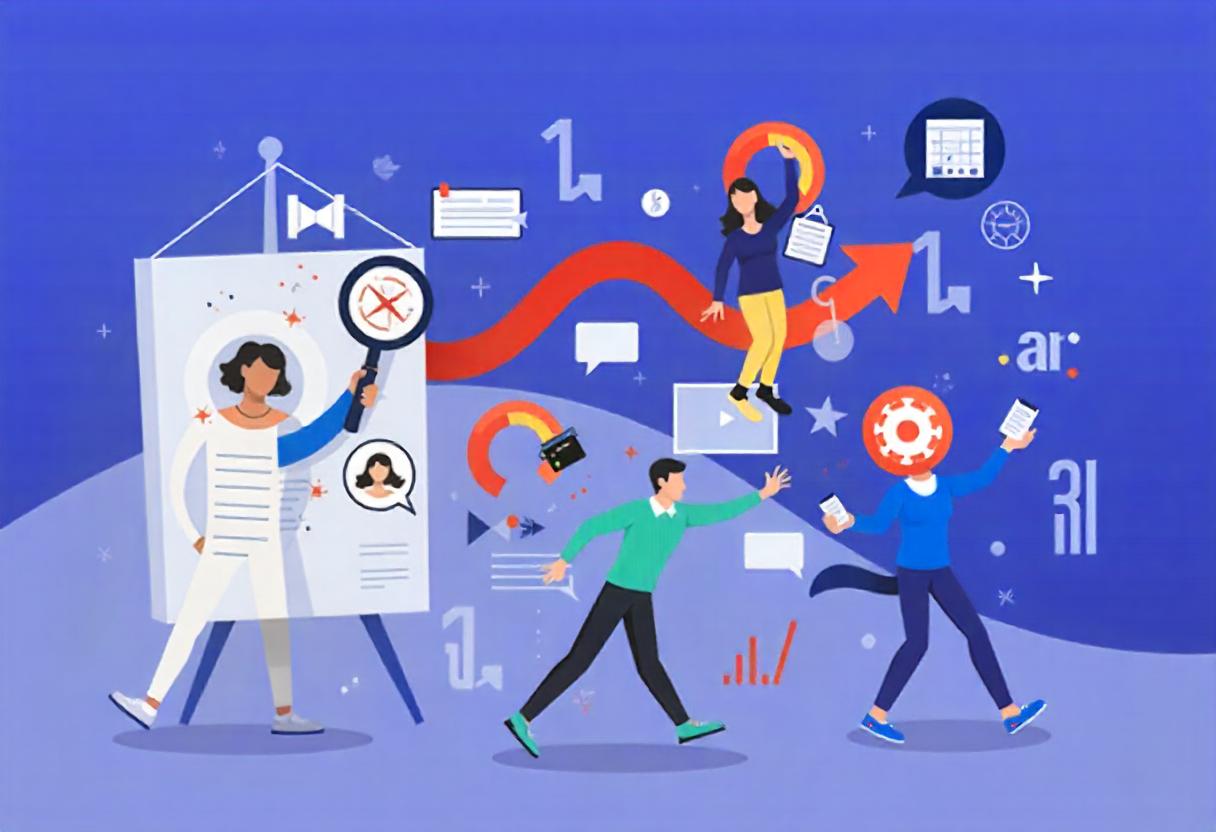Content marketing has always been a cornerstone of digital strategy, enabling businesses to connect with audiences, build trust, and drive conversions. With the advent of artificial intelligence (AI), the landscape of content marketing is undergoing a revolutionary transformation. AI-generated content is no longer a futuristic concept—it’s a reality reshaping the way brands create, distribute, and optimize content.
In this blog, we’ll explore how AI is redefining content marketing, its benefits, challenges, and what the future holds.
What Is AI-Generated Content?
AI-generated content refers to written, visual, or audio content created using machine learning algorithms and natural language processing (NLP) tools. Popular tools like ChatGPT, Jasper, and DALL·E are leading the way, enabling businesses to produce blogs, social media posts, videos, and more with minimal human intervention.
Benefits of AI-Generated Content in Marketing
- Enhanced Productivity
AI can create high-quality content in a fraction of the time it takes a human. This efficiency allows marketers to focus on strategy, creativity, and audience engagement. - Cost Efficiency
Producing content traditionally involves significant costs, including hiring writers, designers, and video editors. AI tools reduce these costs while maintaining quality. - Personalization at Scale
AI enables brands to create personalized content tailored to individual user preferences. From email campaigns to website experiences, personalization boosts engagement and conversions. - SEO Optimization
AI-powered tools can analyze keywords, trends, and competitors to create search-engine-optimized content that ranks higher on Google. - Content Consistency
Maintaining a consistent brand voice and style across all channels is easier with AI. Tools can be trained to mimic your brand tone for cohesive messaging. - Data-Driven Insights
AI analyzes user behavior and engagement metrics, providing insights into what works and what doesn’t. This helps refine your content strategy for better ROI.
Applications of AI-Generated Content in Marketing
- Blog Writing
AI tools like ChatGPT can draft blogs in minutes with SEO-optimized headers, subheadings, and keywords. - Social Media Management
AI creates captions, generates hashtags, and schedules posts for maximum impact, saving social media teams time and effort. - Email Marketing
Personalized subject lines, dynamic content, and automated responses are just a few ways AI is enhancing email campaigns. - Video Content
AI tools like Pictory and Synthesia generate video scripts, animations, and even voiceovers, making video production more accessible. - Chatbots and Conversational Marketing
AI-powered chatbots engage users with personalized responses, improving customer support and lead generation.
Challenges of AI-Generated Content
- Quality Control
While AI generates content quickly, ensuring accuracy, creativity, and relevance requires human oversight. - Authenticity
Audiences value genuine, human-authored content. Over-reliance on AI can risk losing the emotional connection with readers. - Ethical Concerns
AI-generated content can lead to issues like plagiarism, misinformation, or bias, which can harm brand reputation. - Dependence on Data
AI relies on data to produce content. Poor data quality or outdated inputs can result in irrelevant or inaccurate output. - Regulatory Issues
As AI-generated content grows, regulatory frameworks around transparency and ethical use are becoming stricter, posing compliance challenges.
The Future of AI in Content Marketing
- Hyper-Personalization
AI will evolve to deliver highly tailored content experiences, predicting user needs and preferences with pinpoint accuracy. - Real-Time Content Creation
Advanced AI will enable brands to create and update content in real-time, instantly adapting to trends and user feedback. - Improved Creativity
With advancements in generative AI, tools will become more creative, producing unique ideas and concepts that rival human innovation. - Voice and Visual Content Dominance
AI will expand its capabilities in generating voiceovers, videos, and AR/VR experiences, revolutionizing multimedia content marketing. - AI-Human Collaboration
The future isn’t about replacing human creators but enhancing their capabilities. AI will handle repetitive tasks while humans focus on strategy and creativity.
How Businesses Can Prepare for the AI Revolution in Content Marketing
- Invest in AI Tools
Research and adopt AI platforms that align with your business goals, such as Jasper for writing or MidJourney for visuals. - Upskill Your Team
Train your marketing team to use AI tools effectively and understand their limitations. - Focus on Creativity
Leverage AI for efficiency, but ensure your content retains a human touch by focusing on storytelling and emotional appeal. - Monitor and Optimize
Regularly review AI-generated content for quality and relevance, and use analytics to refine your approach. - Stay Ethical
Be transparent about using AI in your content creation process and adhere to legal and ethical guidelines.
Conclusion
AI-generated content is shaping the future of content marketing, offering unparalleled efficiency, personalization, and scalability. However, success lies in striking the right balance between AI and human creativity. By embracing AI as a collaborative tool and addressing its challenges proactively, businesses can stay ahead of the curve and deliver exceptional content experiences.
The future is here—start leveraging AI in your content marketing strategy today to unlock its full potential.















